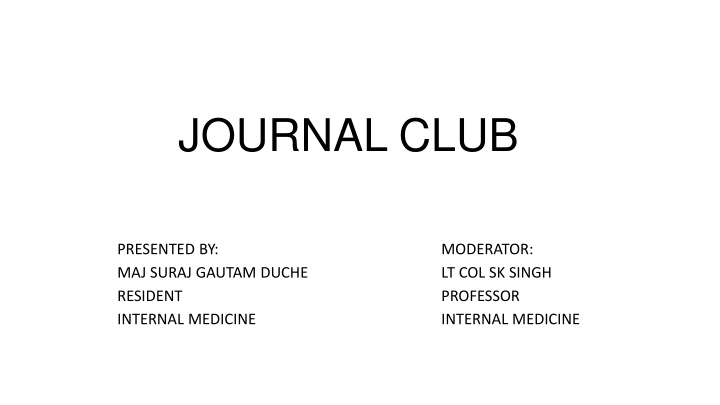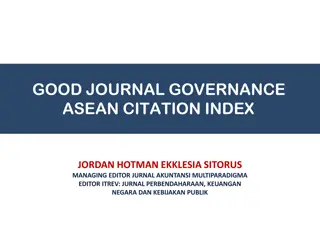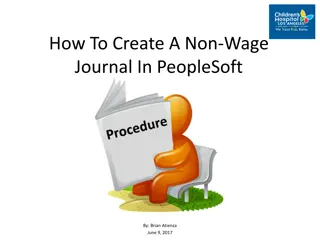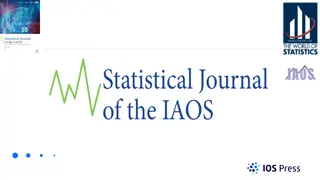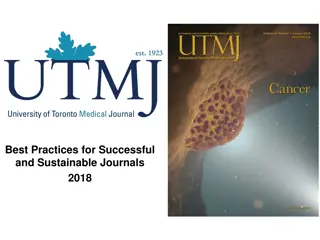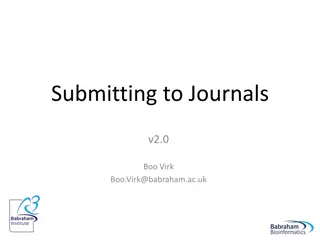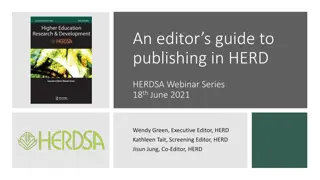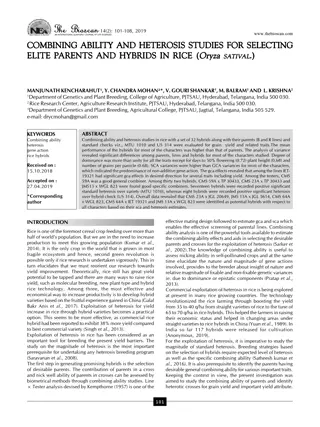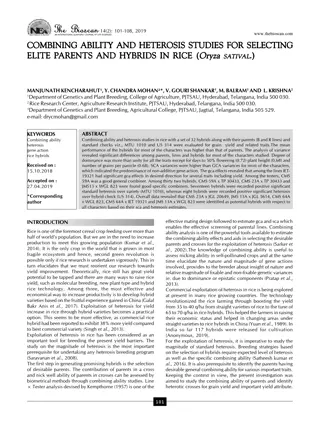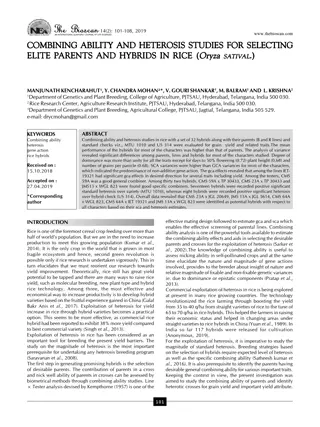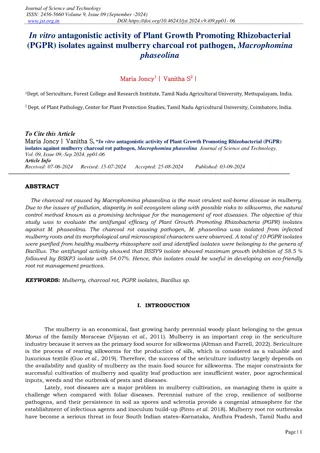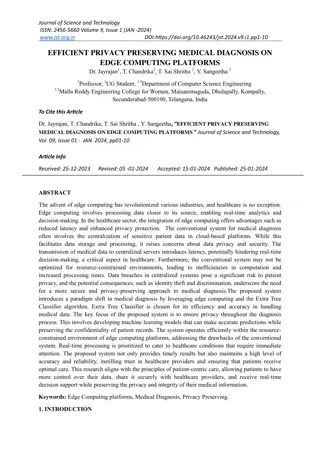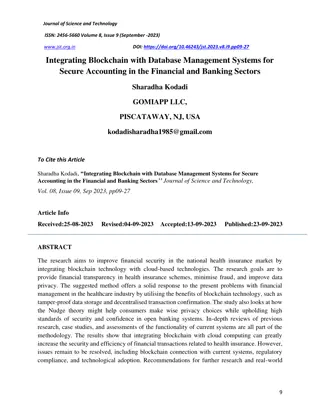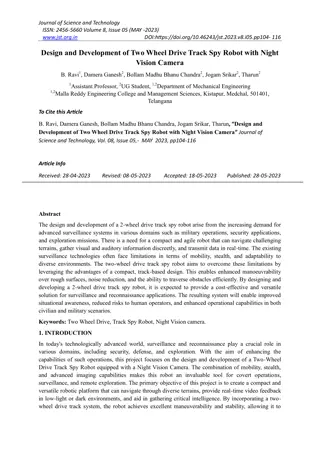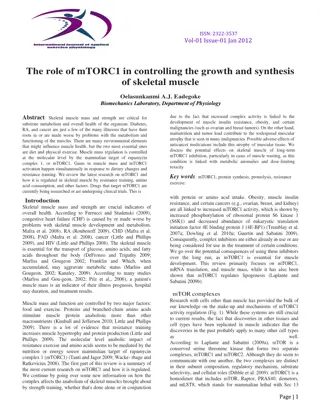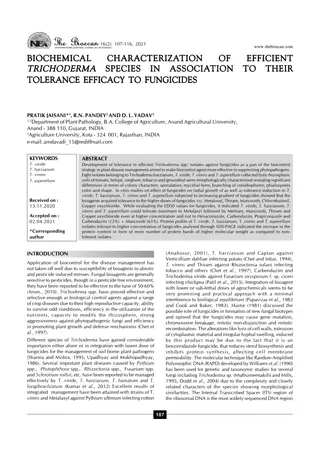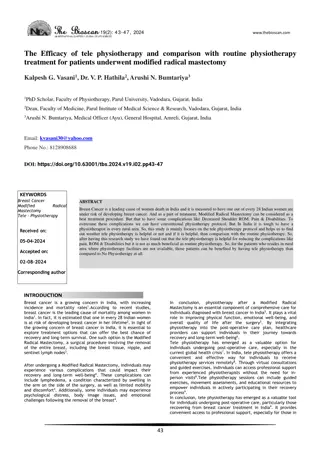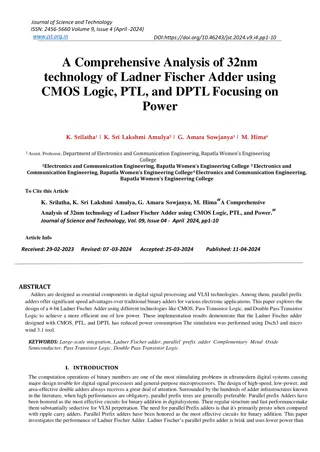JOURNAL CLUB
This study aims to evaluate the impact of GLP-1 receptor agonists, DPP-4 inhibitors, and SGLT-2 inhibitors on COPD exacerbations in patients with COPD and type 2 diabetes. The research methodology, inclusion and exclusion criteria, exposure definition, and follow-up endpoints are detailed, providing insights into potential treatment effects.
Download Presentation

Please find below an Image/Link to download the presentation.
The content on the website is provided AS IS for your information and personal use only. It may not be sold, licensed, or shared on other websites without obtaining consent from the author.If you encounter any issues during the download, it is possible that the publisher has removed the file from their server.
You are allowed to download the files provided on this website for personal or commercial use, subject to the condition that they are used lawfully. All files are the property of their respective owners.
The content on the website is provided AS IS for your information and personal use only. It may not be sold, licensed, or shared on other websites without obtaining consent from the author.
E N D
Presentation Transcript
JOURNAL CLUB PRESENTED BY: MAJ SURAJ GAUTAM DUCHE RESIDENT INTERNAL MEDICINE MODERATOR: LT COL SK SINGH PROFESSOR INTERNAL MEDICINE
OBJECTIVE To determine whether the use of glucagon-like peptide 1 (GLP-1) receptor agonists, dipeptidyl peptidase 4 (DPP-4) inhibitors, and sodium-glucose co-transporter-2 (SGLT-2) inhibitors, separately, is associated with a decreased risk of exacerbations of chronic obstructive pulmonary disease among patients with chronic obstructive pulmonary disease and type 2 diabetes.
METHODOLOGY Design: Population based cohort Data Sources: CPRD: Gp Online Data (GOLD) and Aurum databases HES APC: Hospital episode statistics admitted patient care database Office for national statistics databases
METHODOLOGY Study Population 03 Active comparator new user cohorts 01 Jan 2013-31 Dec 2019 01 Jan 2007-31 Dec 2019 01 Jan 2007-31 Dec 2019
INCLUSION CRITERIA 01 year of medical history in CPRD 01 diagnostic code for COPD
EXCLUSION CRITERIA Age < 40 years Concomitantly treated with study drugs Previously treated with drug of interest or sulphonylureas in last year Incretin based drug use in last year ESRD
EXPOSURE DEFINITION Continuously exposed: Date of one prescription overlapped the next one 60 days grace period Treatment Discontinuation No new prescription at end of 60 days grace period
END POINT OF FOLLOW UP COPD exacerbation Treatment discontinuation Switching to or adding on one of the study drugs Death from any cause End of registration with CPRD End of study period
OUTCOMES Primary Outcome First episode of severe COPD exacerbation during the follow up period Secondary Outcome First moderate COPD exacerbation during the follow up period Count of Moderate exacerbations Count of severe exacerbations Events within 30 days of each other counted as the continuation of the same exacerbation episode for the count based outcomes.
RESULTS Relative risks for severe and moderate exacerbation of chronic obstructive pulmonary disease comparing glucagon-like peptide 1 (GLP-1)receptor agonists with sulfonylureas
RESULTS Weighted cumulative incidence curves of severe chronic obstructive pulmonary disease (COPD) exacerbations in glucagon-like peptide-1 receptor agonist (GLP-1 RA)versus sulfonylurea cohort
RESULTS Relative risks for severe and moderate exacerbation of chronic obstructive pulmonary disease comparing dipeptidyl peptidase 4 (DPP-4) inhibitors with sulfonylureas
RESULTS Weighted cumulative incidence curves of severe chronic obstructive pulmonary disease (COPD) exacerbations in dipeptidyl peptidase-4 (DPP-4) inhibitor versus sulfonylurea cohort
RESULTS Relative risks for severe and moderate exacerbation of chronic obstructive pulmonary disease comparing sodium-glucose co-transporter-2 (SGLT -2) inhibitors with sulfonylureas
RESULTS Weighted cumulative incidence curves of severe chronic obstructive pulmonary disease (COPD) exacerbations in sodium-glucose co-transporter-2 inhibitor (SGLT -2) versus sulfonylurea cohort
CRITICAL APPRAISAL TITLE Is it interesting? YES ABSTRACT Will the conclusions (if valid), likely to be useful to you, in your area of clinical practice or research? YES Whether the settings in the material methods are similar to our own settings? NO
REFERENCE QUESTION Is there a clear cut / specific research question? YES Was it feasible for the authors to study this question given there technical expertise and available facilities? YES Does the research question has some element of novelty? YES
VALIDITY Have the authors made a mention of Actual / Study Population ? YES Is the method of sampling been described? YES Whether a mention of all the potential confounding factors been made? YES Any selection or information bias could have occurred? YES
GATE Framework Assessment : PECOT PARTICIPANTS: PARTICIPANTS: GLP-1 Agonist- 15511 DPP-4 Inhibitors- 26935 SGLT-2 inhibitors- 13797 P Comparator: Sulphonylureas GLP GLP- -1 Agonist 1 Agonist- - DPP DPP- -4 Inhibitors 4 Inhibitors- - 8731 SGLT SGLT- -2 inhibitors 2 inhibitors- - 2956 1252 1252 8731 2956 With GLP1 agonist gp - 14259 With DPP-4 inhibitors- 18204 With SGLT2 inhibitor- 10841 OUTCOME: OUTCOME: COPD exacerbations COPD exacerbations DURATION : 14 years DURATION : 14 years O T
STRENGTHS Consideration of wide range of confounders Use of active comparator, new user design which limited biases due to inclusion of prevalent users. Differentiation of outcomes into moderate and severe exacerbations leading to more nuanced identification of role of novel drugs in management Large sample size and a long follow up period
LIMITATIONS Patient adherence unknown Residual Confounding given the observational nature of the study.
CONCLUSION The use of GLP-1 receptor agonists and SGLT-2 inhibitors was associated with a lower risk of severe exacerbations among patients with type 2 diabetes and chronic obstructive pulmonary disease compared with sulfonylureas. Risk reduction with DPP-4 inhibitors was insignificant. Further RCTs are required to investigate the potential of GLP-1 agonist and SGLT-2 inhibitors as a therapeutic option.
